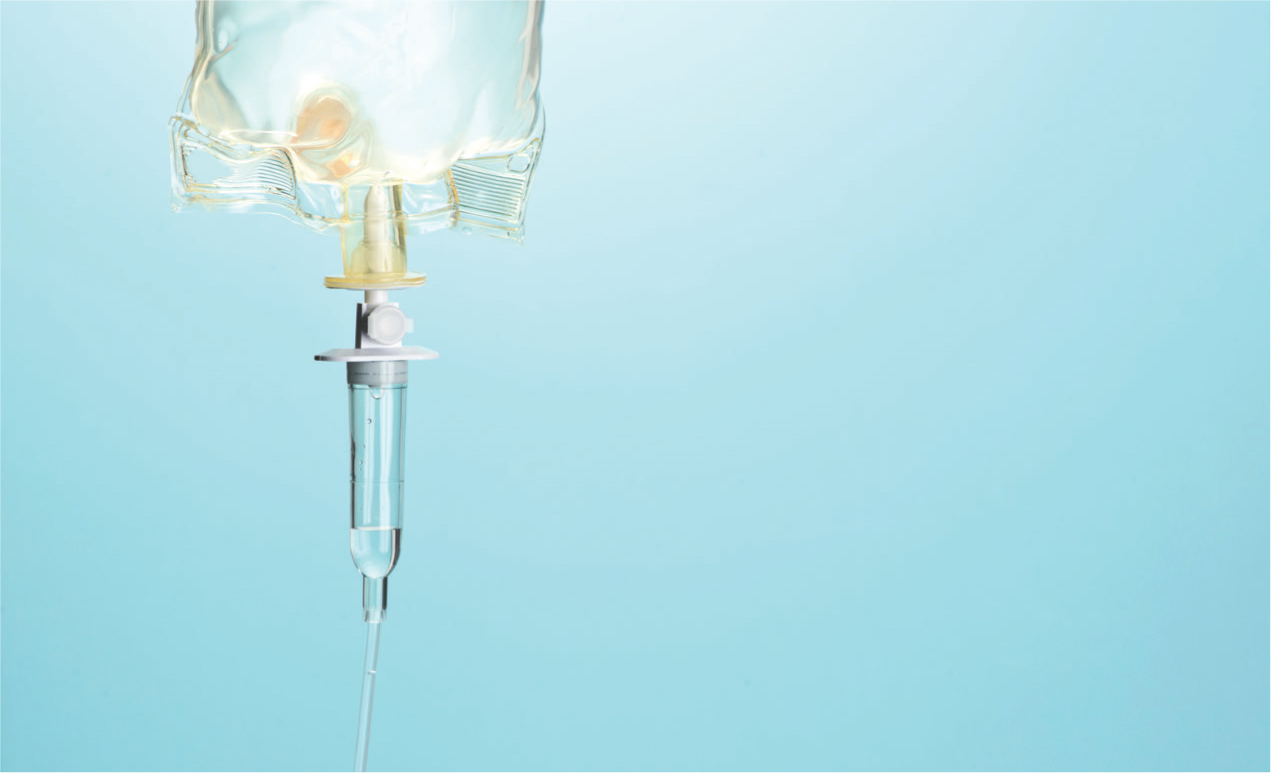The administration of drugs by infusion is a routine practice in emergency services worldwide. However, not all health professionals master this art owing to multiple factors (American Academy of Orthopaedic Surgeons, 2022). During our medical training, pharmacology was one of the most feared and admired—the calculation of doses and infusion rates being one of the reasons. Time and practice have helped us to strengthen our skills in calculating and dosing infusions. However, the dynamic, unpredictable, and changing environment that is typical of emergency services adds to the numerous calculations that must be carried out and contributes to errors in pharmacological calculations, particularly among students (Asensi-Vicente et al, 2018).
Using an equation model
When thinking about pharmacological calculations for infusion, several formulas for calculating concentration, infusion rate, constants and doses probably come to mind; although they have helped us on multiple occasions, the reality is that in situations of stress and confusion, they can become impractical. In the current literature, multiple formulas for the calculation of infusions are detailed, which maintain in common the extension and complexity of their calculations (Fuentes-Mallozzi et al, 2013; England, 2017).
The suggested equation compiles such calculations and with minor modifications allows formulations in mg, mcg, IU:
There are some important considerations when applying this formula. The dose and concentration must always be in the same units (i.e. convert mg to mg, mcg to mcg).
The constant will be conditioned by the time in the dose (e.g. mg/h, mcg/min) being 1 when it comes to hours and 60 when it comes to minutes.
The total volume of infusion is considered all the liquid to be infused, resulting from the sum of the presentation of the drug and the solution to be diluted. For example, if we add two ampoules of midazolam 50 mg/10 ml to 250 ml of 0.9% saline solution (SS), the total volume would be 270 ml.
To enhance knowledge and easily remember the formula, note that we just need to remember drug doses (e.g. 0.1 mcg/kg/min) and add total infusion volume in the numerator, total concentration in the denominator and fill in the variables of weight and constant. The formula allows removal of variables according to the case and the need of our pharmacological formulation. Next, we will apply it to hypothetical cases.
Case 1
An 80 kg patient requires an infusion of norepinephrine at 0.1 mcg/kg/min; we will use 2 ampoules of 4 mg/4 ml in 250 ml of 5% glucose (Dx) solution.
Therefore, we will infuse at a 15.48 ml/h rate in our infusion pump to obtain the desired dosage.
It is important to remember that 1 ml/h is equal to 1 microdrop/min, this can be particularly useful if you plan to use a micro drop (useful in low resources environment as austere medicine or in developing countries). Hence, we will infuse 15.5 microdrop/min, approximately 1 microdrop every 4 seconds.
Case 2
A 65 kg patient requires an infusion of midazolam at 0.2 mg/kg/h; we will use 2 ampoules of 50 mg/10 ml in 80 ml of 0.9% SS.
So, we will infuse in our infusion pump at a 13 ml/h rate or in a micro drip at 13 microdrop/min, approximately 1 microdrop every 5 seconds.
Case 3
A 90 kg patient requires a vasopressin infusion at 0.02UI/min. We will use 1 ampoule of 20 UI/ml in 100 ml of 5% Dx.
When drug formulation does not consider patients' weight, the variable Kg should be removed (as seen in the last case) or, alternatively, kept and considered 1 kg in order to maintain all variables of the equation.
We will infuse at a 6.06 ml/h rate or in a micro drip at 6 microdrop/min, approximately 1 microdrop every 10 seconds.
Risk reduction
To reduce risk of miscalculation, the authors suggest gauging volumes to keep values in tens or multiples of ten. This allows simplification of units and ease of operation. For example, based on the last case, 101 and 20 cannot simplify the operation as would using 100 and 20).
The equation model solves the pharmacological formulations to be used in emergency and critical care services in a practical, fast, simple, and versatile way, making it a highly useful tool for all health personnel with and without experience, especially during health student learning.
Even though the proposed formula eases and reduces the operations for the calculation of pharmacological infusions, its success is not guaranteed. Errors during drug calculation and administration are common, and multiple human and systems-related factors may contribute to their development, mainly in emergency settings (e.g. stress, trouble recalling dose, lack of knowledge, lack of training, noise level) (Anzan et al, 2021).
The proposed formula aims to reduce risk factors related to operations. However, success requires an integral approach to identifying and solving all potential risk factors. Further recommendations that should be noted to improve drug calculation and administration, particularly in high pressure situations, are use of small charts and cognitive aids with the proposed formula and common drugs and doses; double-checking with partners; reading, verifying, and labelling all medication bags and intravenous (IV) sets; mindfulness programmes, and capacitation, and continuous training to strengthen skills (Botha et al, 2015; Wahr et al, 2017).
It should be noted that although all of these calculations can be replaced by a calculator or a mobile application, becoming dependent on technology is one of the reasons why health personnel have not managed to master these pharmacological procedures and a terrible failure could result in its absence (e.g. device failure, absence of internet, inability to access the application), as in the case of austere medicine in hostile environments or prehospital medicine.


